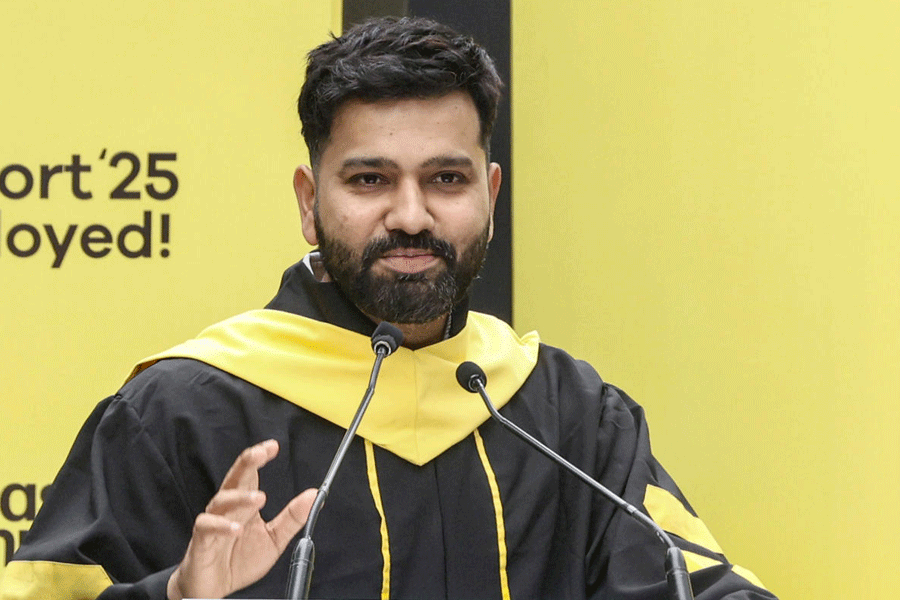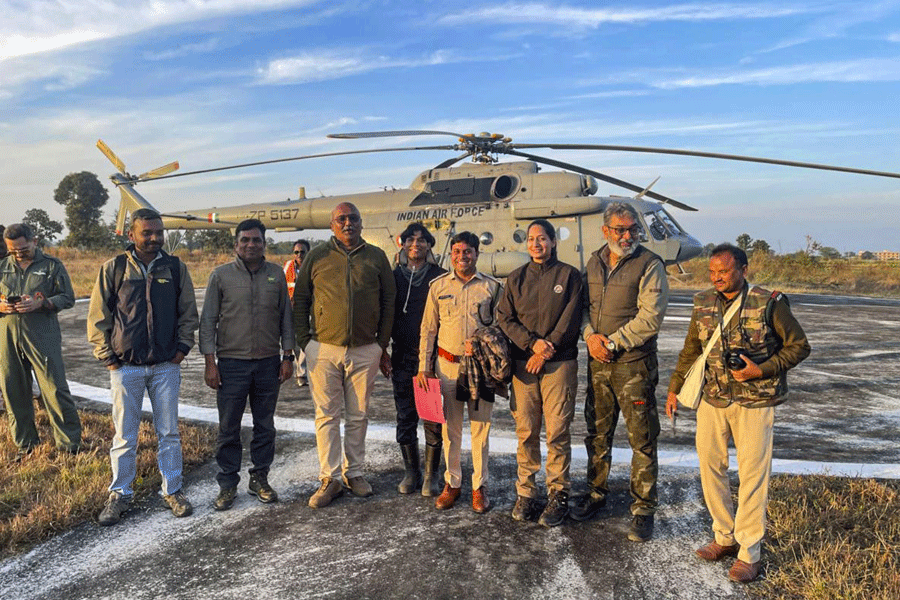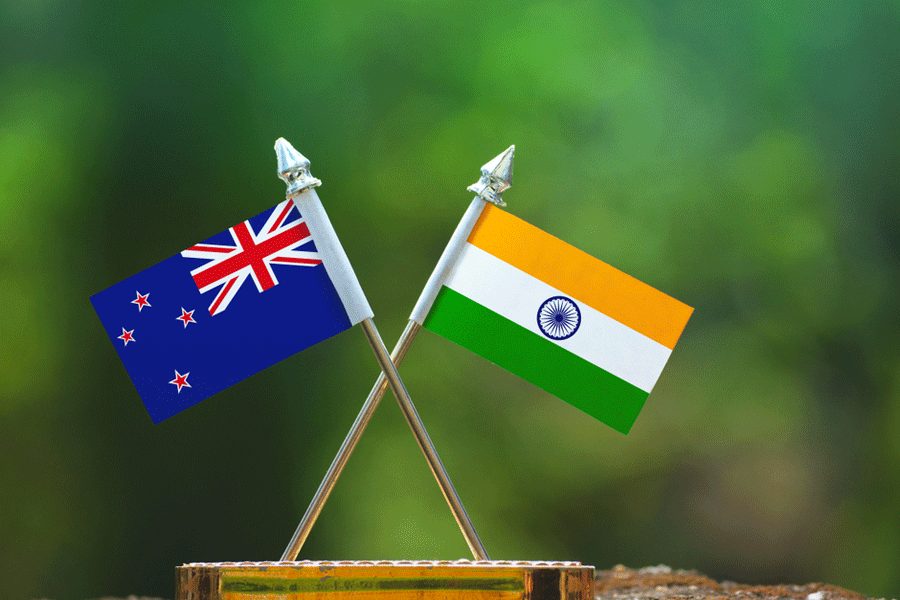The graceful priestesses danced, leading a motley crew of young men and women. They were all dressed in spotless white with a little bit of red and pink thrown in to add to the charm.
Their fluidity of movement was breathtaking as they responded gracefully to the light beating of a drum, despite the stiffness of their starched phaneks (skirts).
The background music comprised a simplistic mosaic of the pena (an indigenous string instrument), small cymbals and a drum.
Lost in the heady brew of a rich and ancient culture, they slowly proceeded to enact the history of mankind through songs and dance.
And with this, the festival of Lai Haraoba unfolded before us.
Translated, Lai Haraoba means “merry making of the Gods”. Generally a post-harvest summer festival, it is celebrated through songs and dance and is the most integral part of the rituals Maiba and Maibis (priests and priestesses) perform to honour the forest deity, known as Umang Lai or Lairenbi.
According to Meitei tradition, every village is required to have a sacred grove, known as Umang Lai Khubam, on its fringes. These patches of forests are the cultural cornerstones of Meitei tradition. They are believed to be the abodes of deities who protect the villagers from evil.
The event we witness is called Maibi Jagoi. The dance depicts the beginning of creation by god Atiya Shidaba. The narration starts with traversing the cosmos and ends up spanning the chronological history of man.
A pre-Hindu dance form, untouched by Vaishnavism unlike other Manipuri dance forms, it retains an animistic spirit that is rooted to the earth.
Historical research reveals that such belief systems eroded with the advent of colonialism and Christianity. Rapid shrinkage of sacred groves, especially in Meghalaya and Nagaland, are well known examples.
However, Manipur remained an abode of pantheism. Even the conversion of Manipuri kings in the 17th Century to Vaishnavism (an issue that remains contentious even today), did not radically alter the cultural milieu. The largely eco-centric Vaishnavite belief overlapped with that of the extant animistic one. This resulted in the retention of many local customs and practices that forge the Meitei identity.
According to biodiversity expert N. Rajendro Singh, there are nearly 364 sacred groves in Manipur. Apart from being treasure troves of local biodiversity, these groves are also an integral part of the cultural and ecological landscape of Manipur.
The totems and taboos that administer the worship of sacred groves also ensure protection of all species within. Each of the seven salai (clan) that make up the Meitei race are governed by a set of rules that bans the consumption or use of specific plants and animal species.
All the clans are banned from felling trees on Friday, as Gods are believed to repose on them that day.
In the month of Mera (September-October), eating fish is taboo for Vaishnav Meiteis as Krishna is supposed to take this form during this period. Numerous such practices can be cited as examples of the co-existence of human beings and nature. Such practices not only foster a reciprocal man-nature relationship, but also extend to clans and races.
A rich history of cultural events also showcases the brotherhood that existed between the valley and hill people, unlike today.
N. Shakmacha Singh, an anthropologist, narrates a popular story of two brothers who parted in search of livelihood. The elder brother went to the hills and the younger headed for the valley. Both discovered what they were looking for and stayed back.
The cultural festival of Mera Wayungba (celebrated in September) is an observance of this relationship.
Meiteis in the valley erect a bamboo pole with a lamp fastened on its top in the courtyard and keep it there for a month. The belief goes that the lamp indicates to the elder brother in the hills that all is well with his sibling and that he is safe and alive.
The Meitei world is no longer an island of autochthonous eco-centric culture.
Ganjendra Singh, who organises cultural shows with a troupe of Manipuri performers, feels that the knowledge behind cultural practices is dying out. In this part of the world, as in so many other places, culture is intrinsically linked to biodiversity. When one goes, so will the other.
Many think that a monochromatic amorphous Northeast may help foster unity. But it is the cultural polychrome that makes the seven sisters so enchanting.
It seems that respect for one’s own culture as well as those of others may be a way out of conflict.










